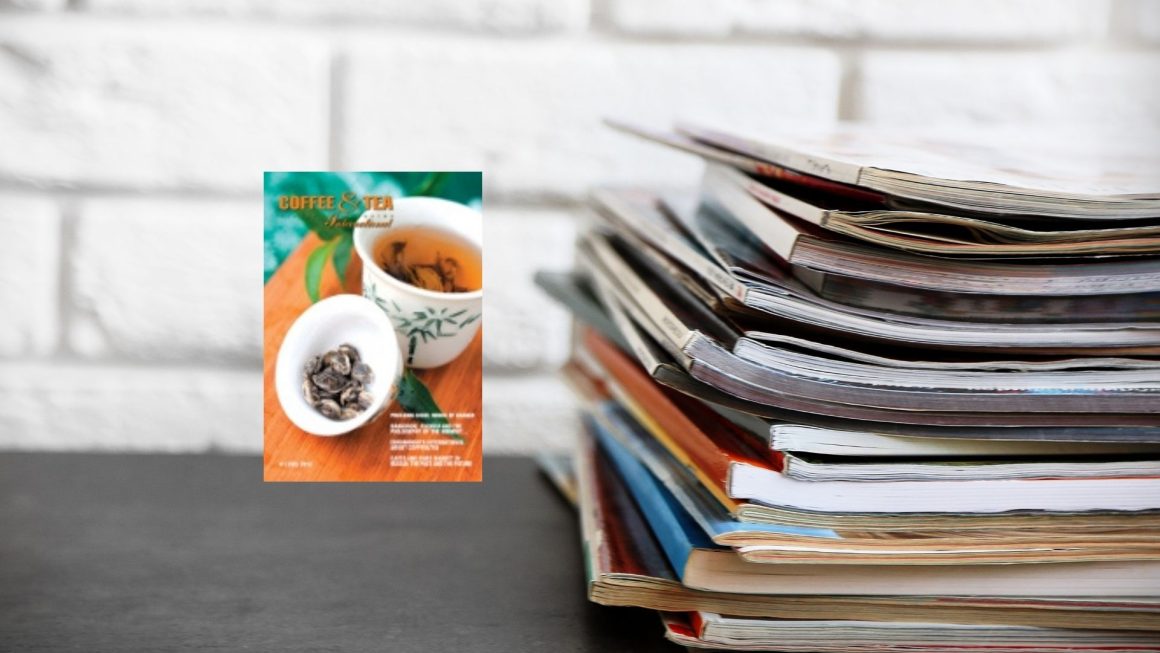The Chinese New year is the final link in a long chain of holidays – so long, in fact, that one ends up feeling tired instead of refreshed. We are now ready to fly away on the Black Dragon: the year is promising to be dynamic and full of interesting events.
The year started with a big international conference on tea, organized by FAO in Sri Lanka. This biannual event is eagerly anticipated by the tea community, because it allows us to identify important industry trends and problems that we all are facing. One such problem is the issue of pesticide use (and I am sure that this issue is important for the coffee community as well). On the one hand, many developed countries are starting to introduce more stringent restrictions on toxic substances in their food supply; on the other, growing demand for tea and coffee cannot be met given the existing rates of plantation expansion. This means that the only solution is to use new technologies aimed at increasing the yield of existing plantations, and this involves some amount of risk of harm to the environment and to human health. So the tea and coffee industry has an important strategic decision to make: if effective measures for controlling pesticide use are not implemented, the reputation of these beverages, at present very good among consumers, may suffer. Coffee and tea are natural, non-toxic beverages; furthermore, tea is usually associated with a healthy way of life. If this image is undermined, these beverages will lose their mass appeal, and their consumption may greatly diminish. This year, our magazine will keep a close eye on this issue. In the last few years I have visited China quite often; but it is only recently that I felt compelled to view my Chinese experiences through the prism of the global developments that will be taking place in the tea and coffee world in the next few years. So, in full accordance with the dialectical principle of quantitative changes leading to qualitative shifts, my experiences in China during the last few years have led me to some general conclusions, one of which I want to share with you in a piece about the Hangzhou International Tea Expo (see pp. 18-20).
Ramaz Chanturiya
Editor-in-Chief
CONTENTS
2 EDITORIAL
3 CALENDAR OF EVENTS
6 PRESSING ISSUE
7 NEWS
REVIEW&STATISTICS
22 Nielsen statistics
24 Hot drinks. Coffee market performance in Poland, Czech Republic and Slovakia
26 Hot drinks in Germany
28 Hot drinks in Ukraine
30 Hot drinks. Hot Beverages market in Belarus: Surviving the Crisis
ECONOMICS
32 Private Label Coffee Potential in Eastern Europe
34 Strangers in Tansania
38 A Land of Opportunities
WHO IS WHO?
42 Going beyond paper: Sustainability as the core of competitive business
46 Cama announces strategic partnership to meet record growth in cups technology
HoReCa
50 CafJs and Bars market in Russia: the past and the future
52 ADVERTISER INDEX

